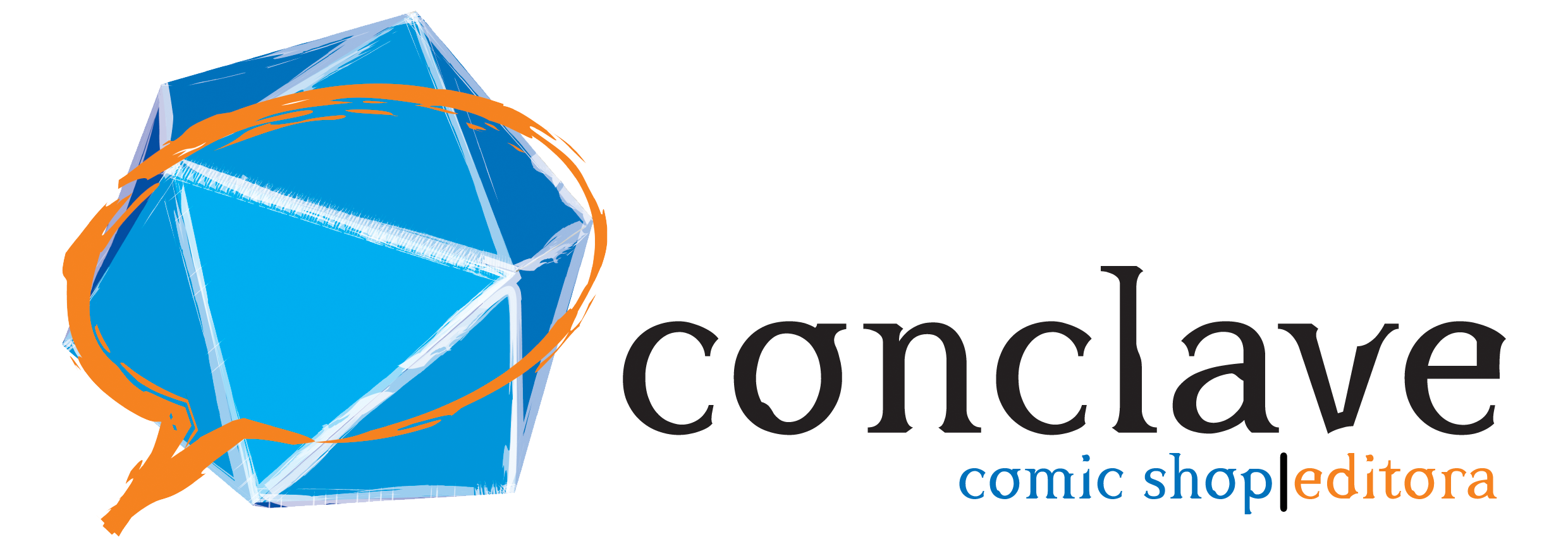The great review below was originally published by Tiago Perreto at the BoardGameGeek. Below is the translation made by Thiago himself:
 Mexica – Kiesling & Kramer goodness
Mexica – Kiesling & Kramer goodness
In mexica players spend action points (6 per turn) to do things on the board. There are several possible actions, but the most commonly performed are:
- build a channel (1pa);
- build a bridge (1pa);
- move the Pilli (1pa per space);
- erect buildings (from 1 to 4pa – depending on the size/influence of the building);
- save 2pa for later use.
Basically in the game participants want to isolate areas by adding channels to the board in order to be able to found districts, as this earns the founder points. The district size must be equal to any of the large numbers on the district markers still available. Bridges are used for Pilli to move around the board, as it is possible for Pilli to go straight from one bridge to another, as long as both are connected by water. Moving the Pilli is necessary as districts can only be founded, or buildings erected, if the Pilli is in the area. And buildings are what influence districts – at the end of the two phases of the game, each district will be scored according to the marker inside it: the person with the most influence will receive the highest score, the person in second place, the second highest score, and the third, the lowest.
 At the end of the first phase (which ends when all available districts – eight in total – are founded) all districts are scored. At the end of the second phase (which ends the same as before, or in case a player places all their buildings on the board), all districts will be scored again, along with all areas that were closed, but where districts were not founded, which will be scored according to their size.
At the end of the first phase (which ends when all available districts – eight in total – are founded) all districts are scored. At the end of the second phase (which ends the same as before, or in case a player places all their buildings on the board), all districts will be scored again, along with all areas that were closed, but where districts were not founded, which will be scored according to their size.
The person with the most points wins!
mexica it has a minimal set of rules, but has a good depth of strategy. I feared that the mexica, like the Tikal, would lead the players to suffer from great “analytic paralysis”, with each one calculating down to the smallest detail every possible act, trying to maximize to the heights of madness those 6 action points per turn. Space for that mexica it does, but the options in it are so clear and easy to accomplish that I didn't witness the dreaded PA taking place, as there are no gray areas to be forced or explored.
mexica leaves control of the experience in the hands of the players, who drive all aspects of the game: there is no influence of luck on the gameplay, and the only random part takes place before the first game turn – the drawing of district markers that will be available in the first game. phase (in the second phase, the markers that were left out in the first phase are used, so it becomes completely predictable to know what will come).
The game takes place in a fluid way, at an almost accelerated pace, and a match in three can end in 75 minutes.
The components of the new edition are excellent: everything is to a high standard, the crown jewels being the buildings of influence, which are made of solid resin (and they are heavy, made to withstand a lot), being great to handle - it's pretty clear that a good chunk of the game's production budget was spent on these buildings.
 In a dispute between the mexica it's the Tikal, the result is something complicated. Tikal it is a more complex game, richer in options and, for that reason, it is also heavier and more difficult to explain and to play and, thus, it becomes more difficult to come to the table. mexica is much easier to explain and play, and even in a first game, a novice feels like making good choices, doing well – and thus the probability of mexica to be played is greater. So, even believing that the Tikal is best for veteran players, the mexica will attract a wider range of people and will be better received in varied groups.
In a dispute between the mexica it's the Tikal, the result is something complicated. Tikal it is a more complex game, richer in options and, for that reason, it is also heavier and more difficult to explain and to play and, thus, it becomes more difficult to come to the table. mexica is much easier to explain and play, and even in a first game, a novice feels like making good choices, doing well – and thus the probability of mexica to be played is greater. So, even believing that the Tikal is best for veteran players, the mexica will attract a wider range of people and will be better received in varied groups.
In general, mexica is widely approved. It is a weighty title that reinforces the quality of the Kiesling & Kramer Mask trilogy. Which makes me very excited to meet the one missing: Java.
But for now, that's it!
by Tiago Perreto




